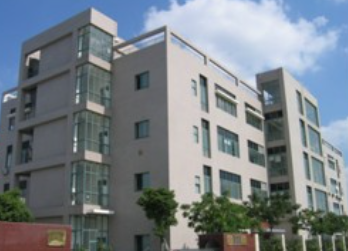卤代烃中的氯原子或溴原子被碘原子的取代是碘代烃的重要合成方法。卤代烃的活性次序为:伯>仲>叔,烯基卤化物的活性更弱。一般的操作是将卤代烃与碘化物(碘化钠)在适当的溶剂中回流。常用的溶剂有:丙酮,四氯化碳,DMF 等。
1、氯代物系列

In a dry, 100-mL, two-necked, round-bottomed flask equipped with a magnetic stirring bar, a reflux condenser, and a rubber septum is placed 15.0 g (0.10 mol) of sodium iodide. A nitrogen inlet tube is connected to the top of the reflux condenser and all the apparatus is kept under nitrogen. To this vessel are added 50 mL of acetone and 11.5 mL (10 g, 0.066 mol) of 1-chloro-3-trimethylsilylpropane with a hypodermic syringe through the septum; the resulting white suspension is stirred under reflux for 24 hr. The condenser is replaced with a Claisen head, and the bulk of the solvent is removed under ordinary pressure to give a white slurry. To this is added 60 mL of hexane and the inorganic salts are filtered off by suction. The filter cake is washed with five 10-mL portions of hexane. The hexane is distilled off from the combined organic portions at atmospheric pressure. The residual oil is transferred to a 50-mL, round-bottomed flask fitted with a stirring bar and a Claisen head, and is distilled under reduced pressure to afford 1-iodo-3-trimethylsilylpropane 1 (11.5–13.1 g, 72–81%), bp 84–86°C (25 mm), as a clear liquid.

A mixture of 170 g. of anhydrous sodium iodide and 1.2 l. of methyl ethyl ketone is heated on a steam bath for 1 hour with occasional shaking in a 3-l. round-bottomed flask fitted with a water-cooled reflux condenser. 2-Chloroethyl benzoate (162 g., 0.88 mole) is added to the mixture, and heating is maintained for an additional 22–24 hours with occasional shaking. The mixture is cooled to room temperature and filtered through a 15-cm. Büchner funnel with suction. The inorganic salts on the filter are washed with 200 ml. of methyl ethyl ketone, and the filtrate is concentrated by distillation of about 1 l. of the solvent. The residue is poured into 1 l. of water contained in a separatory funnel, which is shaken, and the lower layer is withdrawn. The latter is washed successively with 200 ml. of 10% sodium bisulfite solution, 200 ml. of 5% sodium bicarbonate solution, and 100 ml. of water. It is dried with anhydrous magnesium sulfate (5–7 g.) and fractionated under reduced pressure. The yield of material boiling at 133–136°/2.5 mm., nD15 1.5820, is 190–196 g. (78–81%).

A. Ethyl 3-iodopropionate . A 1-L, round-bottomed flask equipped with a magnetic stirring bar and a reflux condenser is charged with ethyl 3-chloropropionate (27.3 g, 0.2 mol) (Note 1) and acetone (400 mL). Sodium iodide (300 g, 2 mol) (Note 2) is added to the clear solution and the mixture is refluxed for 16 hr. The resulting pale yellow reaction mixture is cooled to room temperature, the stirring bar and reflux condenser are removed and the acetone is removed on a rotary evaporator at 40°C/550 mbar (412 mm). The residue is taken up in diethyl ether (300 mL) and washed with a saturated aqueous solution of sodium thiosulfate (3 × 100mL). The ethereal phase is dried over anhydrous magnesium sulfate , filtered and the ether is removed by rotary evaporation at 40°C. The resulting yellow oil is purified by distillation with a membrane pump 90°C/25 mbar (18.7 mm) yielding 36.8 g of ethyl 3-iodopropionate as a clear oil (82%) Spectral data are as follows。







